Petroleum Engineering
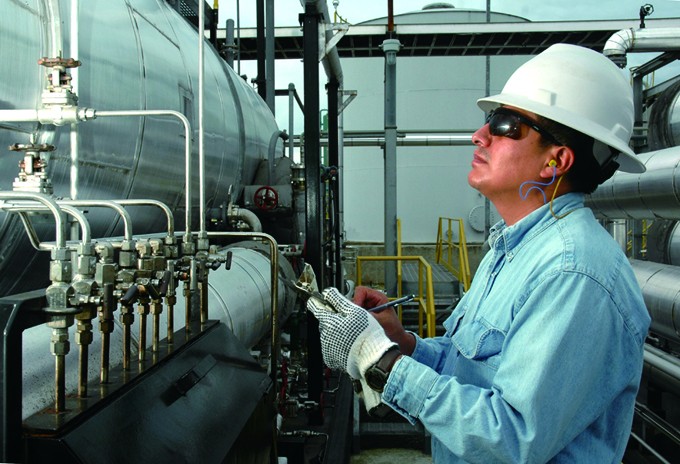
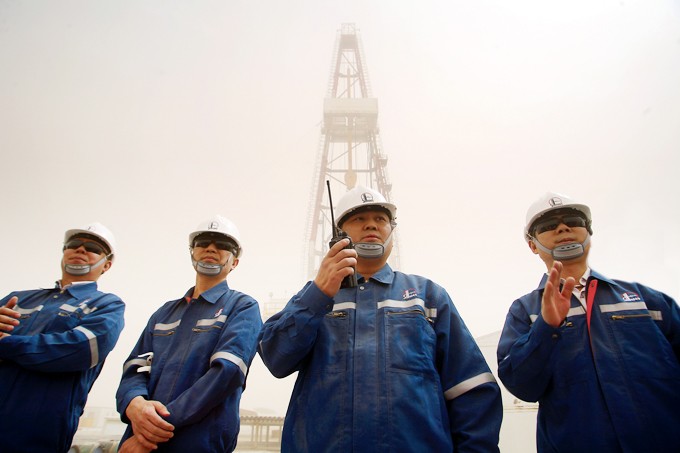
As most onshore projects are located in geologically complex areas like deserts, Gobi, plateau, and swamps, petroleum engineering is faced with many challenges, such as HTHP, shallow gas, loss of circulation, well kick, wellbore instability, low rate of penetration, etc. Thanks to years of hard work, many technologies are developed to cope with these difficulties. Offshore drilling has been expanded from shallow water to deep water, for example, the water depth in Angola operation is over 1500 meters, and in Brazil over 2800 meters. Many technical difficulties such as shallow gas, shallow water, narrow security mud density window, loss of circulation, well kick, natural gas hydrates, and seafloor instability. State-of-the-art technologies are developed, including rotary steering, intelligent screen pipe completion, single pipe double well technology, dual gradient drilling fluid, and pressure-controlled drilling. The company is also a leading player in unconventional resources development.
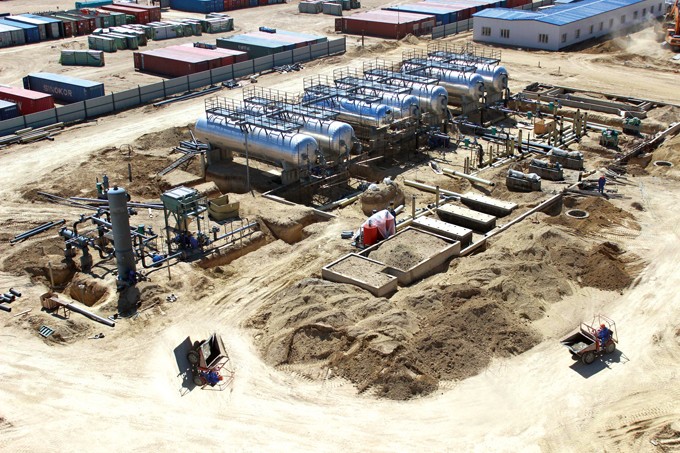
●Yadavaran has established a scientific and practical management system and process. By adopting optimal and fast drilling techniques, drilling cycle is significantly reduced with safety in HTHP and high H2S wells ensured. Yadavaran spud in amid sandstorms
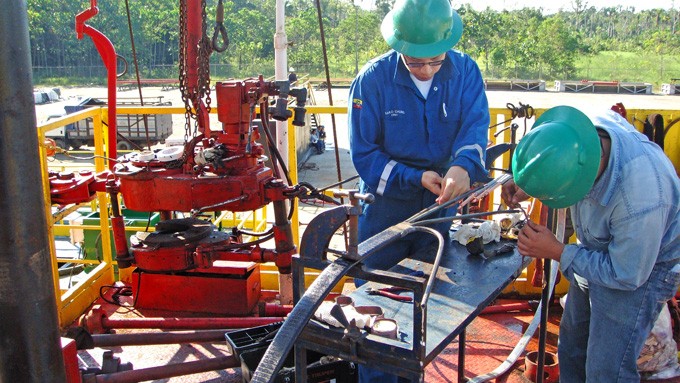
●DST at Pao De Acucar well, Block BM-C-33, Repsol Sinopec Brasil. The biggest exploration discovery of the world in 2012. DST site and The drilling ship for Pao De Acucar
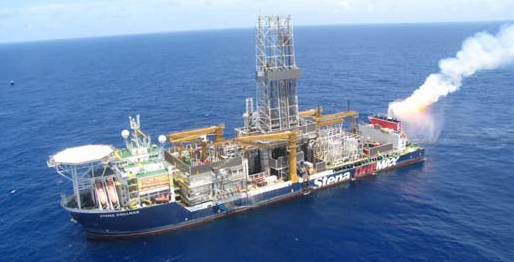
●Pad Drilling, Sinopec Daylight Energy,Canada. 8 cluster wells for a single pad,two rigs drilling simultaneously. Averagedepth: 3384 meters, horizontal section:1217 meters, drilling cycle: 7.94 days,AVROP: 32.69meters/hour. Fracturing site



